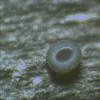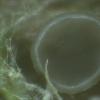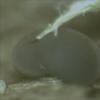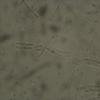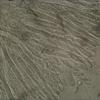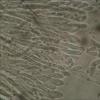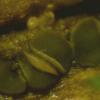
17-12-2025 18:35
 Michel Hairaud
Michel Hairaud
Bonjour à tous/Hi to everyone I am passing along

15-12-2025 15:48
 Danny Newman
Danny Newman
Melanospora cf. lagenaria on old, rotting, fallen

15-12-2025 15:54
 Johan Boonefaes
Johan Boonefaes
Unknown anamorph found on the ground in coastal sa

15-12-2025 21:11
 Hardware Tony
Hardware Tony
Small clavate hairs, negative croziers and IKI bb

15-12-2025 07:09
 Danny Newman
Danny Newman
indet. Rutstroemiaceae sp. on unk. fallen leavesMc

15-12-2025 07:05
 Danny Newman
Danny Newman
Pseudosclerococcum golindoi (det: Zotto)near Cosb

15-12-2025 11:49
 Danny Newman
Danny Newman
ITS sequences from the following two collections B

15-12-2025 12:34
 Danny Newman
Danny Newman
indet. Rhytismataceae on oak leafnear Purchase Roa

Found on a little peace of wood.
Disk: grey/blue layer with cream coloured edges; when top layer is removed the inside is white.
Asco: 8-spored; biseriate in rows of two; 54-62x4-5 um.
Spores: elliptical; 7.5-10.5x2.0-3.0 um
Paraphyses have a slightly rounded top.
The last photo is a little too much on the green side

Hello,
this is a Mollisia species.
No chance to say anything more, many details are lacking.
best regards,
Andreas


Hello Joop,
when I looked at the posting, the last four pictures weren't there ....
But nevertheless, at least the KOH reaction is important, though I believe that it should be negative here. In that case you will end up with Mollisia cinerea s.l., which still is an aggregation of very similar species were I have not the total clue for separating the different taxa.
You can do the KOH reaction macroscopically by putting a fragment of the hymenium in a drop of KOH 20% on a slide which is lying on a white sheet of paper. You then can see a yellow sap yielding from the fragment (KOH positive) - or no change of colour (KOH negative).
You can also do that microscopically by preparing a small piece of the hymenoum in a water mount and then adding KOH at the side of the cover slip. You can watch through the microscope when the KOH reached your piece of hymenium: The vacuolar bodies in the paraphyses will be dissolved rapidly by the KOH reaching these paraphyses. The dissolving will either result in a yellow colouration (positive) or the mount will stay completely colourless (negative).
best regards,
Andreas



